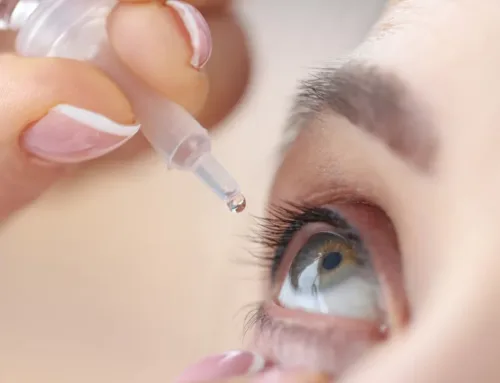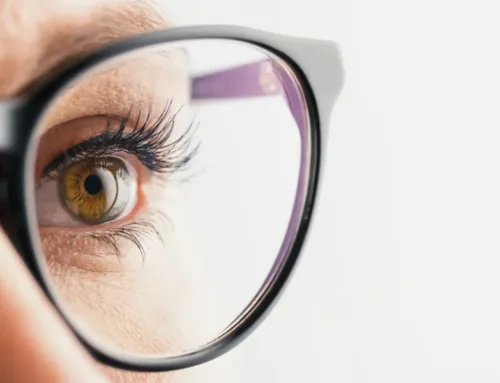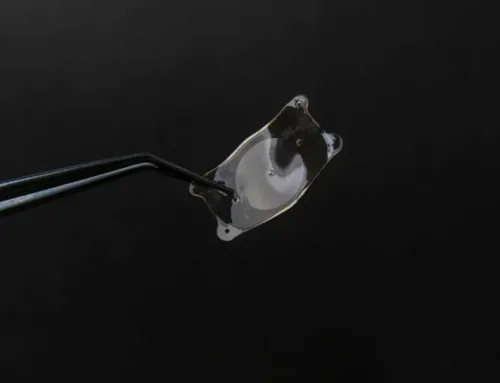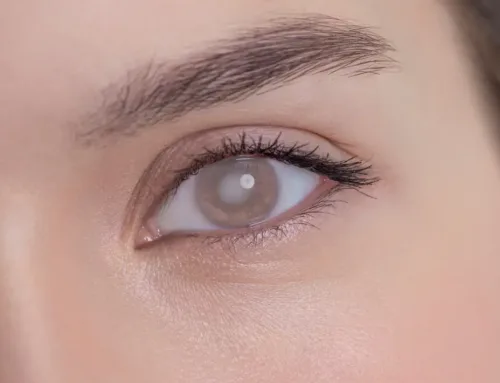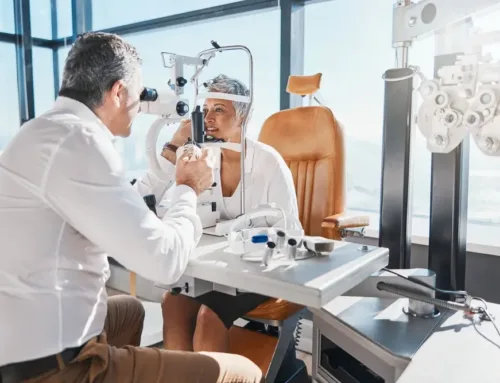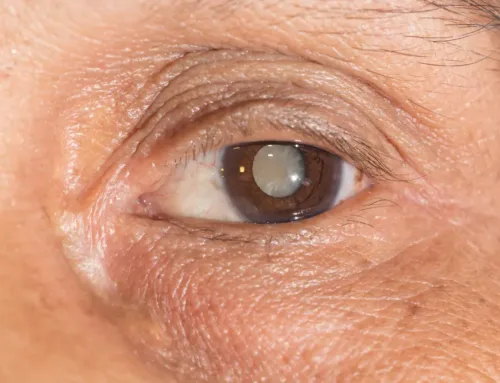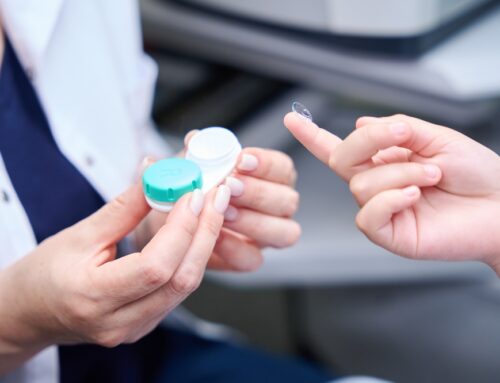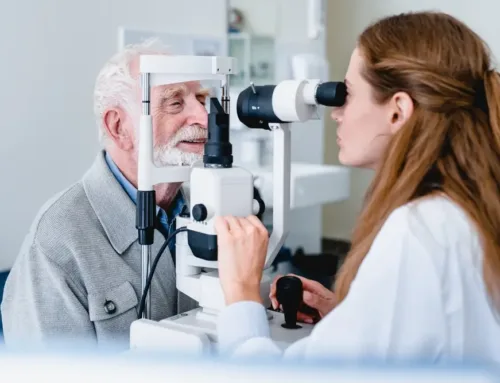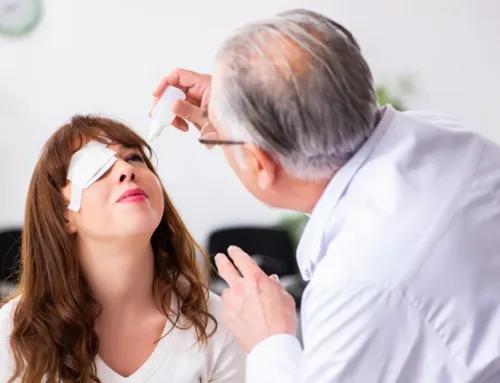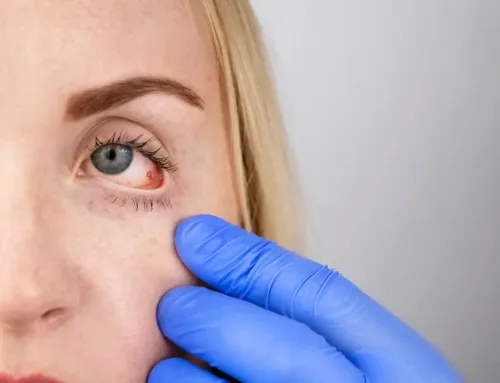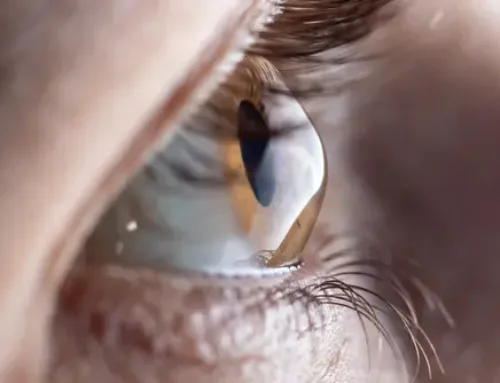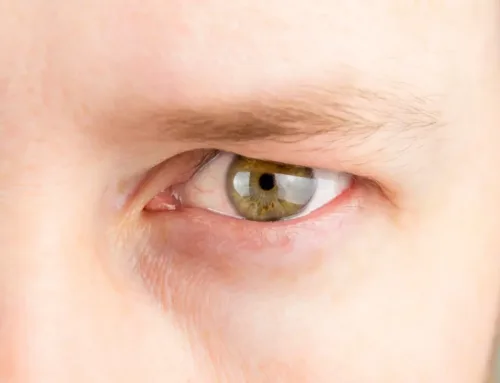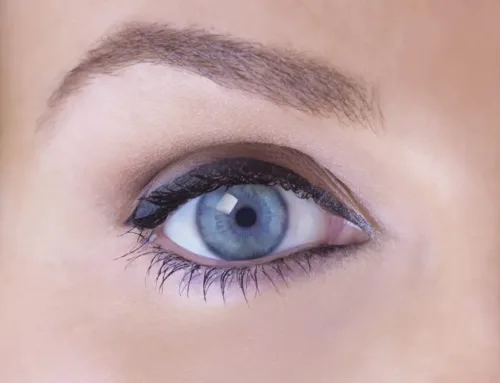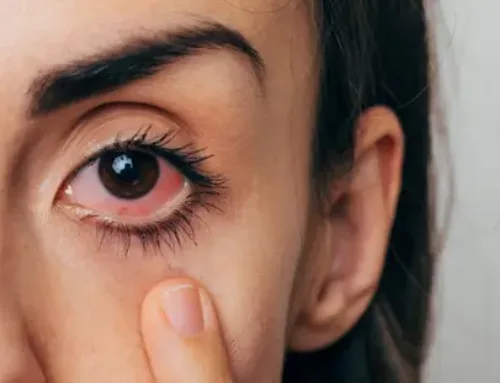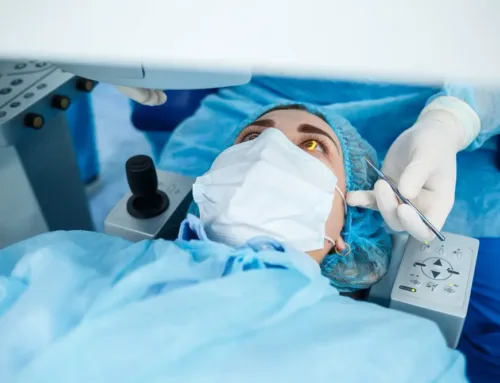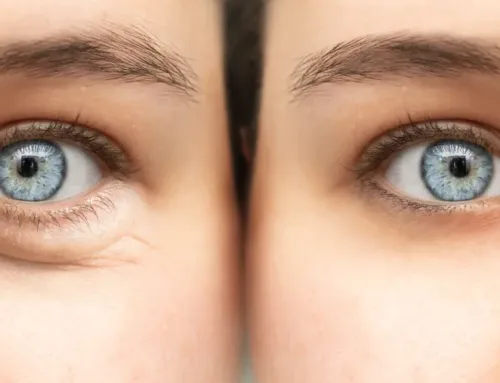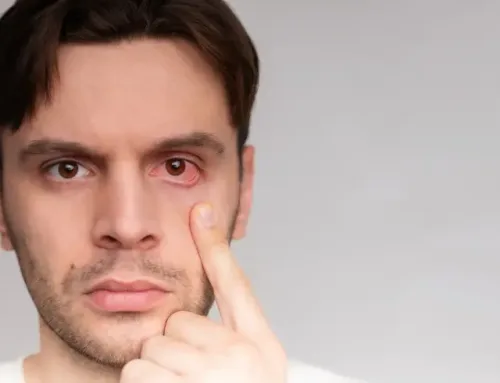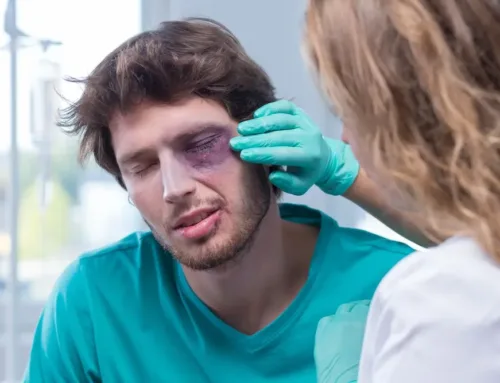Have you ever looked in the mirror and noticed that one of your eyelids seems to be lower than the other? This condition, known as eyelid droop or ptosis, can be quite disconcerting. It can even interfere with your vision if it’s severe. But what causes an eyelid to droop?
What Is Ptosis?
An eyelid droop, or ptosis, occurs when the upper eyelid falls to a position that is lower than normal. In severe cases, the drooping eyelid can cover all or part of the pupil and interfere with vision. Ptosis can affect one or both eyelids, can be present at birth, or can develop due to aging, injury or an underlying medical condition. 
Ptosis is not a disease but rather a symptom of a problem with the muscles, nerves, or skin of the eyelids. It can be a temporary condition or a persistent issue. Depending on its cause and severity, it may be barely noticeable or quite prominent.
Understanding The Anatomy Of The Eyelid
The eyelid is a complex structure consisting of layers of skin, muscle, and connective tissue. The external layer is thin skin, followed by a layer of muscle that enables the eyelid to move. This muscle, known as the levator palpebrae superioris, is responsible for lifting the eyelid. The eyelid also contains a tarsal plate, which provides structural support, and the meibomian glands, which produce the oily part of tears.
The levator muscle is connected to the tarsal plate by a thin, fibrous tissue known as the levator aponeurosis. When the levator muscle contracts, it pulls on the aponeurosis, which in turn elevates the eyelid. Any dysfunction or damage in this muscle or its connecting tissues can lead to an eyelid droop.
Treatment Options For Eyelid Droop
The treatment for an eyelid droop depends on its cause and severity. If the ptosis is mild and does not interfere with vision, no treatment may be necessary. However, if the drooping is affecting your vision or you are unhappy with the aesthetic appearance, there are several treatment options available.
Ptosis repair is a surgical procedure to correct a drooping eyelid. The procedure involves tightening the levator muscle or its aponeurosis. In some cases, if the levator muscle is extremely weak, the eyelid can be attached or “suspended” from the eyebrow so that the forehead muscles lift the eyelid.
Blepharoplasty is another surgical procedure that can help improve the appearance of droopy eyelids. This procedure involves removing excess skin, muscle, and sometimes fat from the upper or lower eyelids. It is often performed for cosmetic reasons but can also improve vision in people whose sagging upper eyelids interfere with their sight.
Conclusion
If you are experiencing an eyelid droop, it’s important to see a doctor or an eye specialist. They can help determine the cause of your ptosis and discuss appropriate treatment options with you. Whether through surgery or other interventions, it’s possible to correct eyelid droop and improve both your vision and appearance.
To learn more about eyelid droop and treatment options, contact Treasure Coast Eye Specialists offices in Port St. Lucie or Stuart, Florida. Call 772-400-2400 or 772-286-0007 to schedule an appointment today.


